Speaking of validations for your Appium script automation so we can incorporate visual testing with your Appium scripts visually setting that Appium script as a baseline.
So but from any session right manual scriptless or an Appium script set as a baseline, the user can further enable text and visual validations for their Appium scripts.
So Nova isn't just limited to scriptless.
Nova AI can support Appium scripts too. So you have your Appium script as baseline. You kick off a second Appium script to compare against that baseline NOVA or AI can then compare the two and bring to the forefront for you. Any discrepancies within visual testing, any text or visual discrepancies can be brought to your attention from even from a scripted perspective.
So we can use the term scriptless scripted kind of here and there. You're not succumb to just use one or the other. It's actually a really good best practice to use the best of both.
So at the end of each development cycle, you might have scriptless test cases, you might have Appium scripts to allow you to test faster.
We have AI and Kobiton's intelligent quality suite to further support your testing productivity, help you catch more defects in as little time possible, especially with visual testing. And together, both solutions can help you save time, money, and resources that can be even further calculated into the return of investment for mobile test automation.
That brings us to chapter two and the next chapter where we actually take a deeper dive into showing you just that. I will show you FlexCorrect.
I'll show you setting Appium as the baseline. I will also show you how to enable text and visual validations for your Appium scripts and see those kinds of in action and play.

Comments are closed.